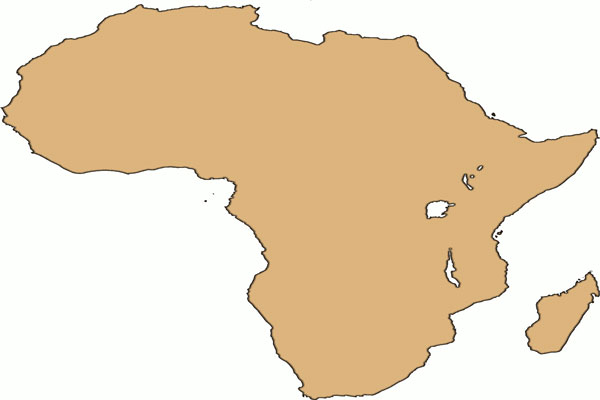According to new data released by the World Bank Group last week, Nigeria, South Africa and Egypt account for about half of the African economy.
The report said that low income economies, as a share of world GDP, were more than two times larger based on Purchasing Power Parity, PPP, than respective exchange rate shares in 2011.
Yet, these economies accounted for only 1.5 per cent of the global economy, but nearly 11 per cent of the world population. Roughly 28 per cent of the world’s population lives in economies with GDP per capita expenditures above the $13,460 world average and 72 per cent are below that average.
The International Comparison Program (ICP) which released the new data said that the world economy produced goods and services worth over $90 trillion in 2011, and that almost half of the world’s total output came from low and middle income countries.
Six of the world’s 12 largest economies were in the middle income category (based on the World Bank’s definition). When combined, the 12 largest economies account for two-thirds of the world economy, and 59 per cent of the world population.
The PPP-based world GDP amounted to $90,647 billion, compared to $70,294 billion measured by exchange rates. Middle income economies’ share of global GDP is 48 per cent when using PPPs and 32 per cent when using exchange rates.
The approximate median yearly per capita expenditures for the world – at $10,057 – means that half of the global population has per capita expenditures above that amount and half below.



